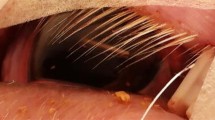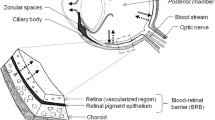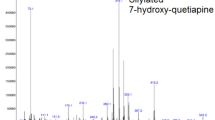Abstract
As drug instability and redistribution are factors known to affect the interpretation of post-mortem blood levels, we questioned whether post-mortem vitreous humour concentrations could be useful as predictors for the MDMA load at the time of death. In a first series of in vivo experiments using rabbits, 3,4-methylenedioxy-methamphetamine (MDMA) concentrations in plasma, blood and vitreous humour were studied as a function of time after intravenous (iv) administration of MDMA. Equilibration between the vascular compartment and vitreous humour was attained about 1 h after iv MDMA administration. In a second series of experiments, the post-mortem stability of MDMA in vitreous humour in relation to ambient temperature was investigated. Post-mortem MDMA concentrations in vitreous humour were closer to the ante-mortem blood levels when compared to cardiac blood samples. These preliminary investigations in the rabbit model indicate that measurements of vitreous humour concentrations could also be of interest for predicting the blood concentration at the time of death in humans.
Similar content being viewed by others
Author information
Authors and Affiliations
Additional information
Received: 15 September 1999 / Accepted: 7 January 2000
Rights and permissions
About this article
Cite this article
De Letter, E., De Paepe, P., Clauwaert, K. et al. Is vitreous humour useful for the interpretation of 3,4-methylenedioxymethamphetamine (MDMA) blood levels? . Int J Leg Med 114, 29–35 (2000). https://doi.org/10.1007/s004140000135
Issue Date:
DOI: https://doi.org/10.1007/s004140000135




